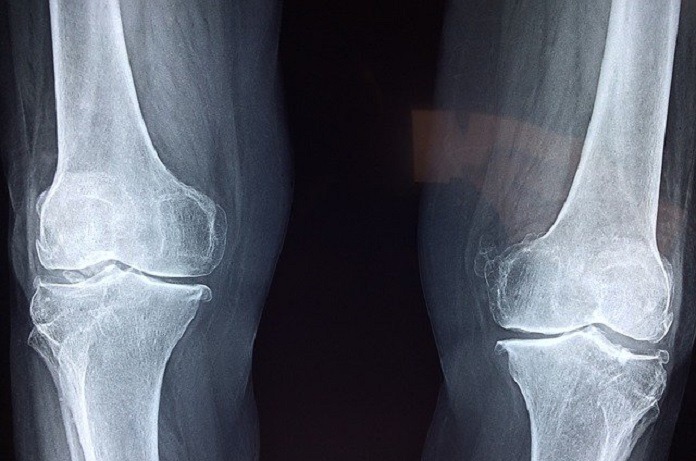Bone mineral density is typically associated with conditions such as osteopenia and osteoporosis, but not many people would link bone mineral density to changes in the microbiome.
Osteopenia – occurs when bones lose calcium and become brittle. It is a common condition that is typically associated with aging and not often associated with any symptoms.
Osteoporosis – is characterised by more severe bone density loss, meaning that fractures can occur more easily, since the bone is more brittle. Unlike osteopenia, osteoporosis is more effectively diagnosed using Dual Energy X-ray Absorptiometry (DEXA) scans. These types of scans can help determine the levels of calcium in the bone.
BMD and the microbiome
Researchers have now made this link by studying the various types of bacteria that make up the gut microbiome and how they may be associated with bone density.1
A group of researchers found that there was a group of six types of bacteria that were different in people with osteoporosis or osteopenia. They found that measurements of bone mineral density in these people were significantly linked with changes to the microbiome.
The researchers did note some links between the types of bacteria that were altered and their specific effect on processes that are involved in bone health – although, this is an area that needs further research.
According to the researchers, this knowledge may help to establish biomarkers for those who have a high risk of low bone mineral density. Eventually, this knowledge may also help lead to better treatment options.
References
- Das M, Cronin O, Keohane DM, et al. Gut microbiota alterations associated with reduced bone mineral density in older adults. Rheumatology (Oxford). 2019;58(12):2295-2304. doi:10.1093/rheumatology/kez302
Image by Dr. Manuel González Reyes from Pixabay



